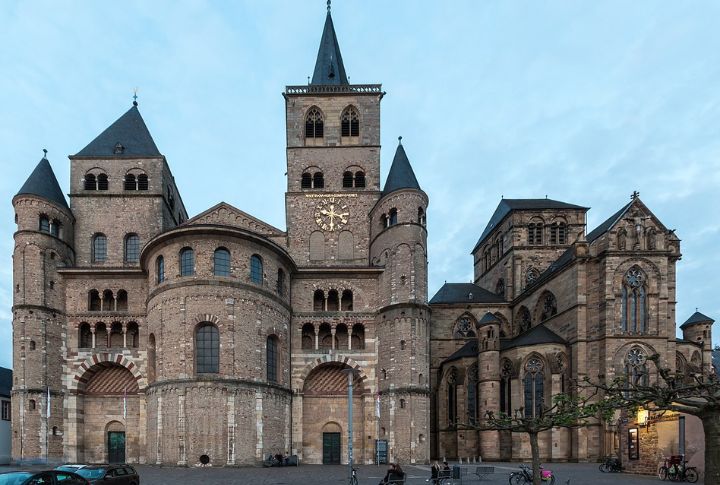
Long before medieval Europe’s towering churches, early Christian architecture was already shaping sacred spaces that have stood the test of time. These ancient cathedrals have survived wars, weather, and centuries of change—yet they continue to serve as powerful symbols of faith and endurance. Their stories are etched in stone, connecting us to the very roots of Christianity. Let’s explore 10 of the world’s oldest cathedrals and the stories they still tell today.
Etchmiadzin Cathedral, Armenia (Built c. 301 AD)
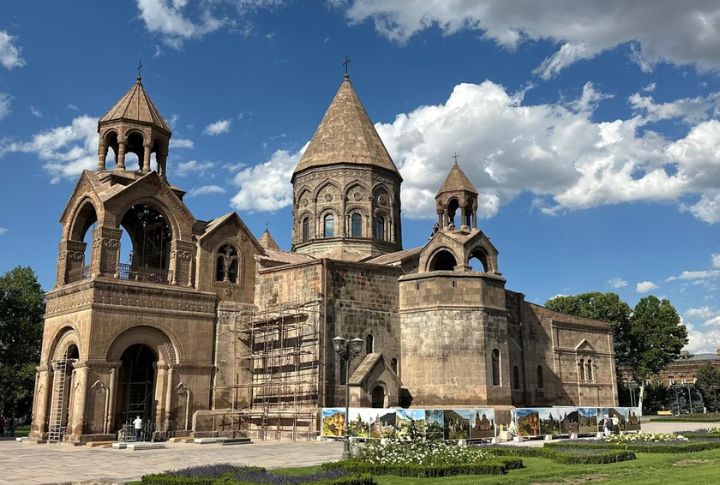
Built after Armenia became the first Christian nation, Etchmiadzin is widely recognized as the world’s oldest cathedral. A vision reportedly led Saint Gregory to its founding site. The original wooden sanctuary gave way to a stone structure in 483 AD. Today, it serves as the seat of the Armenian Apostolic Church.
Trier Cathedral, Germany (Built c. 340 AD)

Germany’s first cathedral rises from the remnants of a Roman palace complex in Trier. Founded in the early 4th century, the church still contains original Roman masonry in its central core. It also houses the Holy Robe, believed by some to be Christ’s garment. Over the centuries, Gothic and Romanesque elements were added.
Basilica of Aquileia, Italy (Built c. 313–319 AD)
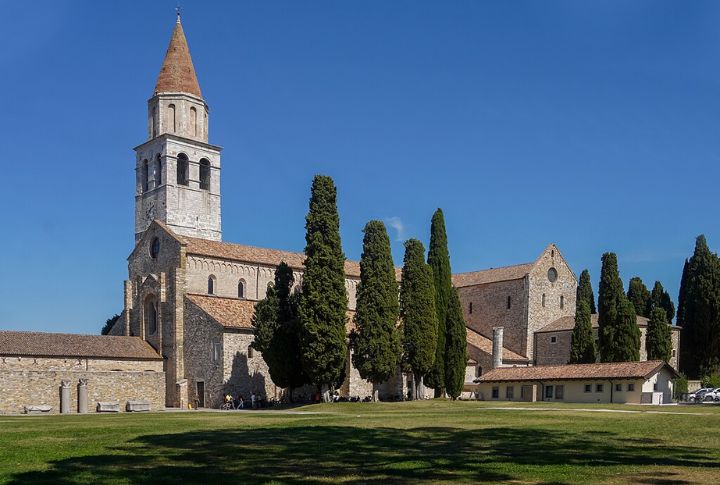
In northeastern Italy, the Basilica of Aquileia was established on the ruins of a Roman Christian community. The structure was rebuilt several times but preserves much of its early form. It was once the seat of a powerful Patriarchate, and its vast 4th-century mosaic floor spans over 750 square meters.
Saint John Lateran, Rome, Italy (Consecrated 324 AD)
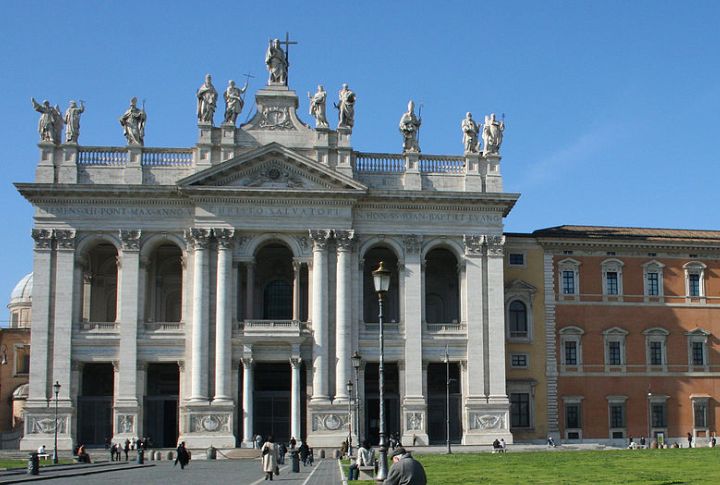
Before Saint Peter’s took center stage, Saint John Lateran was the original cathedral of Rome and remains its official ecclesiastical seat. Pope Sylvester I consecrated this edifice during Constantine’s reign. Although it’s been rebuilt several times due to fires and earthquakes, parts of the ancient baptistery remain.
Casa Grande (Arizona)

Casa Grande, meaning “Great House,” was a massive adobe structure built by the Hohokam around 1350 CE. Likely used for astronomical observation and ritual gatherings, it stood at the heart of a walled compound. The building’s alignment with the sun and moon suggests it functioned as a sacred ceremonial hub—an adobe cathedral for the desert people.
Cathedral Of Ani, Ani, Turkey (c. 1001 AD)
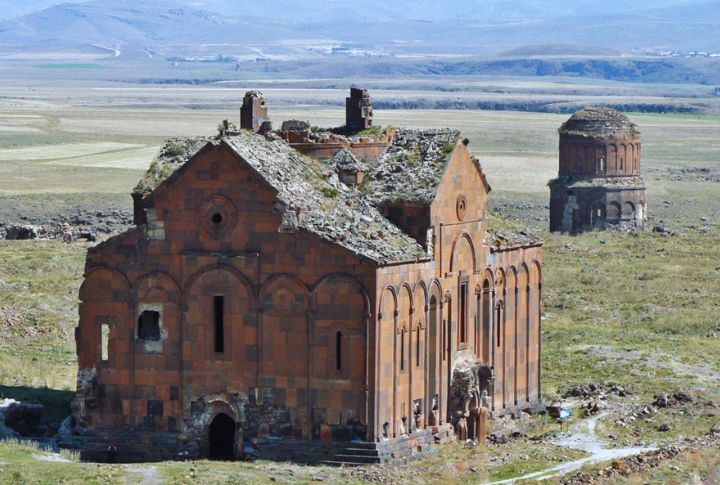
Once the spiritual heart of medieval Armenia, the Cathedral of Ani was completed in 1001 AD in the ancient capital of Ani. Although the city is now abandoned, its stone walls and arches remain intact. It’s a beautiful example of Armenian sacred architecture, symbolizing Christian endurance through centuries of turmoil.
Cathedral Of Saint Domnius, Split, Croatia (c. 305–7 AD)
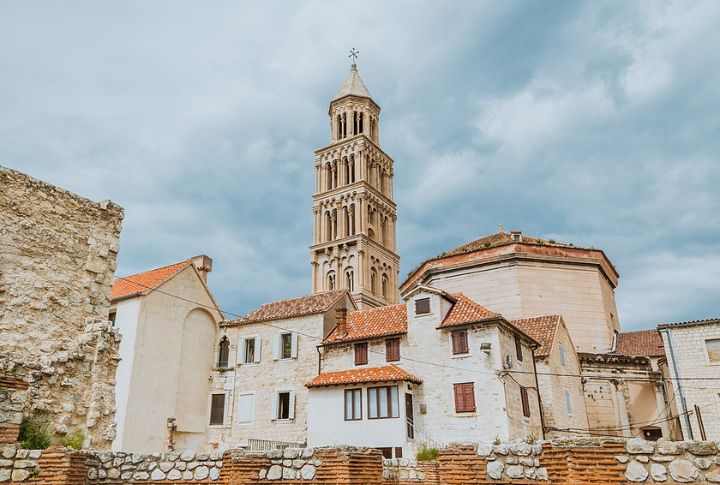
This structure was originally Emperor Diocletian’s mausoleum, but was later converted into a cathedral in the 7th century. It is considered the oldest cathedral still used in its original structure. Located within the historic Diocletian’s Palace, its Roman core and later Christian additions showcase the blending of imperial and ecclesiastical power.
Zagreb Cathedral, Zagreb, Croatia (Founded c. 1093 AD)
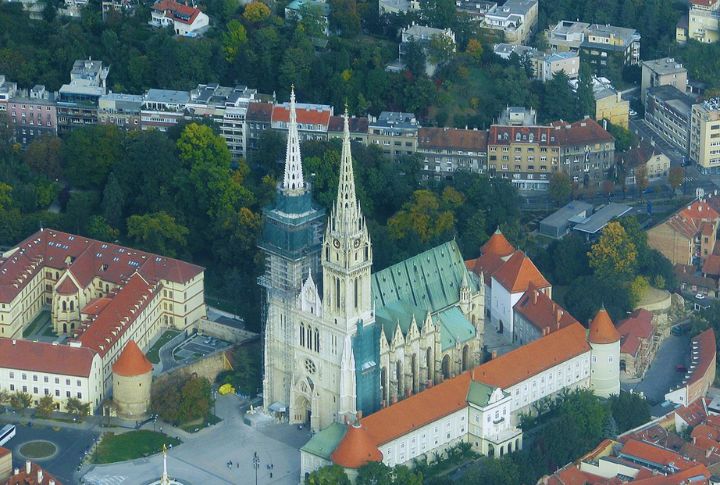
Zagreb Cathedral was founded in the late 11th century and has withstood Mongol invasions, fires, and earthquakes. Despite periods of reconstruction, its medieval roots remain present in the core layout. The building continues as a functioning religious site, preserving its ancient Christian legacy through art and devotion.
Cathedral Of Saint James (Sibenik), Sibenik, Croatia (1431–1536)
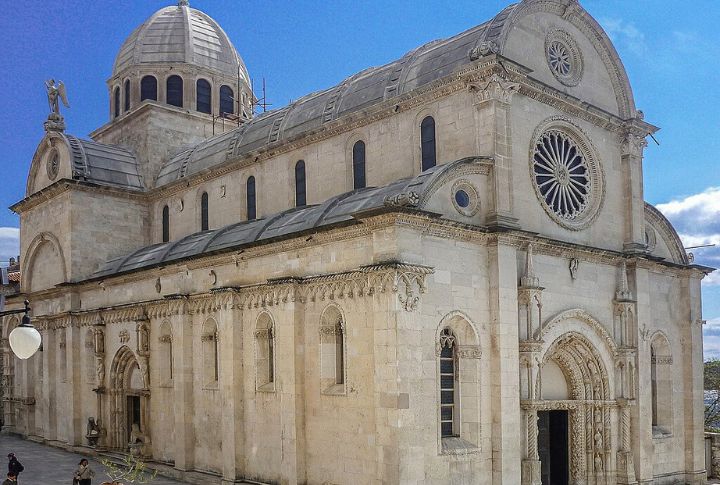
This UNESCO-listed edifice combines Gothic and Renaissance styles. Built entirely of stone and constructed between 1431 and 1536, it is famed for its 71 sculpted faces on the frieze. Still an active place of worship, Saint James’ Cathedral symbolizes Croatian resilience and artistic achievement over the centuries.
Autun Cathedral (Saint-Lazare), Autun, France (c. 1120 AD)
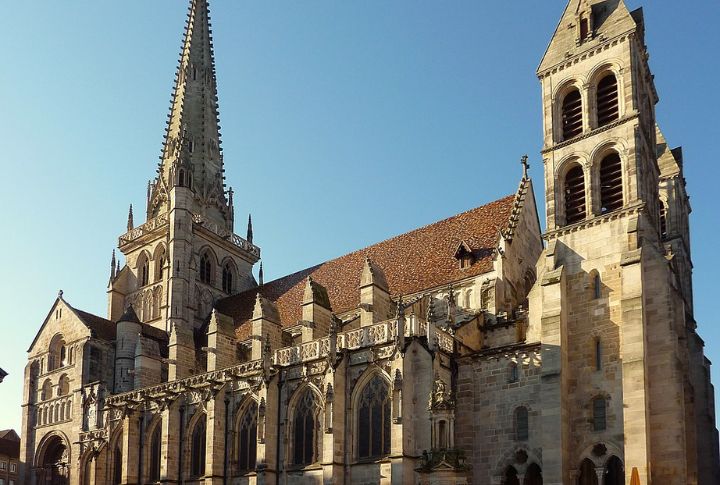
Autun Cathedral was constructed in 1120 AD during the Romanesque period. The structure is famed for its Last Judgment tympanum, which was carved by Gislebertus and was a major stop for pilgrims. It remains active today and showcases the endurance of early French Christian architecture.

